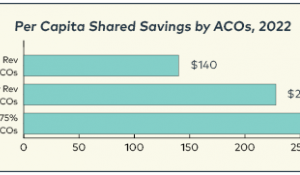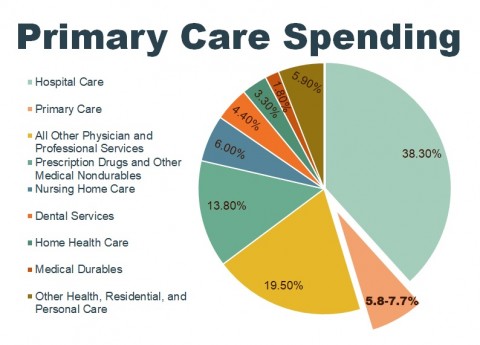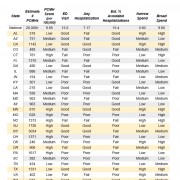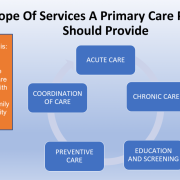Primary Care Investment
Greater investment in primary care is associated with lower costs, higher patient satisfaction, fewer hospitalizations and emergency department visits, and lower mortality. Despite current high levels of healthcare spending in the United States, the proportion spent on primary care is insufficient. A shift in resources to support greater access to comprehensive, coordinated primary care is imperative to achieving a stronger, higher-performing healthcare system.
Underinvestment in primary care gives rise to patient access and workforce issues. A significant financial incentive for physicians and other clinicians to choose other areas of specialty undermines primary care.

Resources
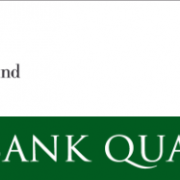
Investing in Primary Care and Dismantling Fee-For-Service | May 2019

Harvard Medical School Center for Primary Care | July 2017
The model of Direct Primary Care is a subscription-based model aiming to circumvent the barriers posed by coding and payment schemes in traditional fee-for-service care. This model improves continuity as well as accessibility of care for patients. It also works to focus on the patient as a person rather than focusing on the payment scheme, making care more equitable.
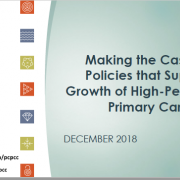
PCPCC | December 2018
- ‹ previous
- 3 of 6
- next ›
News
February 14, 2023
November 15, 2022 | Primary Care Collaborative
August 2, 2022
- ‹ previous
- 3 of 23
- next ›
Events & Media
November 19, 2018 | Coalition to Transform Advanced Care
February 26, 2019 | Polsinelli Reimbursement Institute
October 29, 2018 | PCPCC
- ‹ previous
- 3 of 7
- next ›
Related Content
|
Title |
Date | Source | |
|---|---|---|---|
 |
Better Health NOW Campaign’s Medicaid Policy Priorities | January 2024 | |
|
|
Beyond Capitation: How New Payment Experiments Seek To Find The ‘Sweet Spot’ In Amount Of Risk Providers And Payers Bear | September 2012 | Health Affairs |
 |
Call to Action: Urge Congress to Support Medicare Payment Reform | February 2014 | |
 |
Comprehensive Primary Care Payment Background Report | May 2017 | FMAHealth |
 |
Comprehensive Primary Care Payment Methodological Brief | June 2017 | FMAHealth |
 |
Consensus Recommendations on Increasing Primary Care Investment | August 2018 | PCPCC |
|
|
Future Role of Family Physicians in the US | May 2014 | ANNALS OF FAMILY MEDICINE |
 |
Improving Primary Care: Building Blocks for Success and Opportunities for State Collaboration | November 2018 | NESCSO |
|
|
Investing in Primary Care and Dismantling Fee-For-Service | May 2019 | Investing in Primary Care and Dismantling Fee-For-Service |
 |
Making the Case for Policies that Support Growth of High-Performing Primary Care | December 2018 | PCPCC |
Pages
Pages
Secondary menu
Copyright © 2024 Primary Care Collaborative

